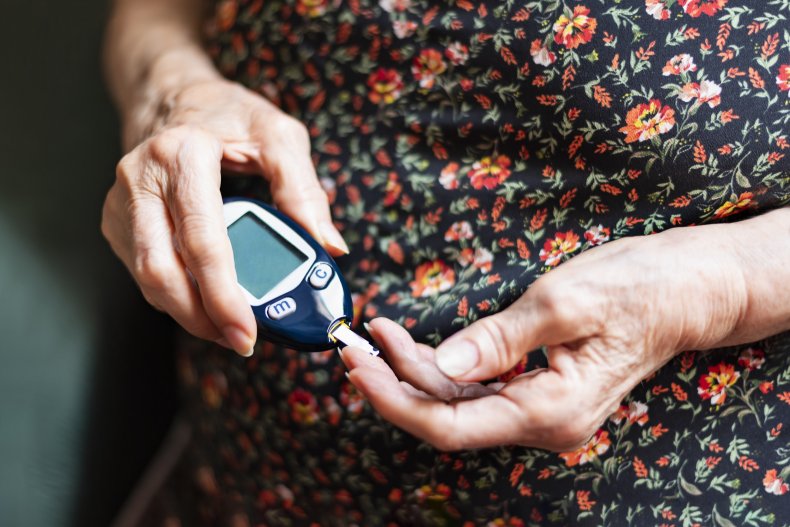When you’re on the exam table, fibbing to your doctor about a few of your health habits might not seem like such a big deal — and if you do lie, you’re certainly not alone. Plenty of patients want to skirt a scolding about smoking, drinking, or a fried-food-filled diet.
But before you fudge the truth, consider this: One little lie to your doc can keep him from doing his job well and, as a result, can have a serious impact on your overall health and longevity. To help you make the right decision, here are the top 10 lies that doctors hear — and the negative health impact that each one carries.
Lie No. 1: I quit smoking months ago.
This is one of the most common lies doctors hear. Not only is this one bad for your health, it also prevents your doctor from being able to treat you properly. “If a physician advises a patient to stop smoking, but he does not, this may cause the physician to believe that a disease or the symptoms of a disease are progressing,” says Bernie Ranchero, MD, a physician with Doctors Express in Creve Coeur, Mo., instead of being due to continued smoking.
Lie No. 2: I rarely drink.
Most doctors have no qualms with a drink a day for women and two for men, but many people still lie to their physicians about drinking altogether. This is bad news when it comes to your overall longevity. “Too much alcohol causes weight gain and will cause abnormal liver tests,” says Nieca Goldberg, MD, medical director of the NYU Women’s Heart Program. “The doctor always finds out the truth sooner or later, so why waste time lying about it?”
Lie No. 3: I’m a fitness nut!
Lying to your doctor about exercise really hurts you the most. “Just saying you exercise doesn’t improve your health,” says Dr. Goldberg. “You need to actually do the exercise. It’s not hurting the doctor’s feelings if you don’t take her advice, but it can hurt your health.”
Lie No. 4: I only take the medications I’m prescribed.
More and more people these days are becoming addicted to prescription medications, particularly painkillers. This can lead them into the very dangerous practice of going from doctor to doctor in an attempt to solicit more painkiller prescriptions. It’s a dangerous game, both for you and the doctor. “The patients I am treating for chronic pain syndromes are requested to sign a ‘pain contract’ and submit to periodic urine drug screens, and I frequently find that people are lying about taking pain medications from other doctors,” says Jeffrey Moy, MD, of Doctors Express Urgent Care in Sacramento, Calif.
Lie No. 5: I don’t skip any of my medications.
The flip side? Lying to your doctor about taking all the medications he actually did prescribe to you. If you stopped your meds for any reason, it’s important to be honest with your physician. “Tell your doctor if you have concerns about the medication you take. He needs to know about any side effects you have been having or if you stopped taking it because it is too expensive — he may be able to prescribe a generic,” says Goldberg. “Good doctor-patient relationships are partnerships. If there is something holding you back from doing what’s best for your health, you’ll have the help you need to get through it.”
Lie No. 6: I’m a healthy eater.
When you don’t eat right, you only harm yourself. But you also make it harder for the doctor to determine what’s actually wrong with you if he thinks you’re practicing a healthy habit that you’re really not. Plus, most doctors won’t be fooled by this fib. “The scale in my office — it always tells the truth,” says Goldberg.
Lie No. 7: Sexual problems? No way.
Whether you have multiple partners or a problem with sexual function, disclosing sexual information to your doctor can be embarrassing. But it is also critical for your health. “This intensely personal issue is commonly hidden from providers,” says Donald Darst, MD, an internal medicine specialist at the Nebraska Medical Center in Omaha. “This includes topics of sexual function, homosexuality or bisexuality, and promiscuity. All of these have important health consequences and need to be divulged. You might feel very vulnerable, but take a deep breath and tell your doctor.”
Lie No. 8: Ouch, I feel awful!
In some cases, patients will invent symptoms or exaggerate existing symptoms in an attempt to get medications from their doctor that they don’t really need, says Dr. Ranchero. This puts both the patient and doctor at risk. When it comes to your own health and longevity, it’s important to be as specific and accurate about your symptoms as possible.
Lie No. 9: I’m not sure when my symptoms started.
Another dangerous example of lying to your doctor is leaving out pertinent details about your symptoms or condition because you are embarrassed about it. “The specifics of when, where, and how your symptoms started is crucial in developing the diagnosis,” says Ranchero. “For instance, if a patient is not completely honest or does not share that these symptoms occurred after a specific act (such as taking illicit drugs or ingesting a toxin), or if the patient does not want to share out of embarrassment, then this may lead the clinician to a different conclusion or treatment.”
Lie No. 10: I have no family history of that disease.
Lying to your doctor about your family history of a disease is a surefire way to sabotage your overall health and longevity down the road. “It is critical that you tell your physician your compete medical, family, and social history,” says Ranchero. “It is important to know if there is a genetic history for certain cancers. This will help develop the physician’s diagnosis.” Telling the truth about your family mental health history is important, too.







